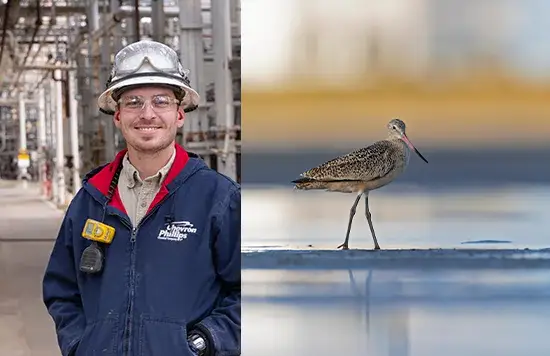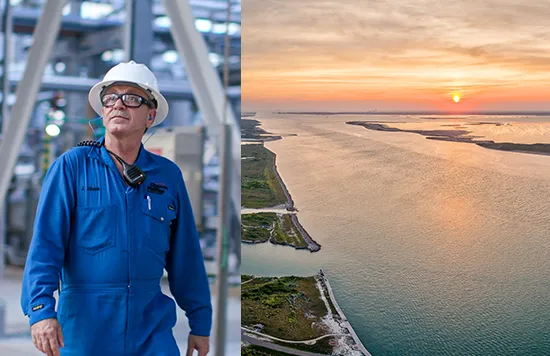Climate Action
Reinforcing Efforts to Minimize Climate Risk
In alignment with the Taskforce on Climate Related Financial Disclosures (TCFD), CPChem uses climate-specific scenario analyses to stress-test our business and simulate potential impacts of physical and transitional risks related to climate change. Examples of physical risks include flooding, extreme heat, hurricanes and water scarcity. Transitional risks relate to the global transition to a lower carbon economy and include considerations for policy and government actions, technology, market responses and reputation management.
These analyses produce valuable data for CPChem’s Enterprise Risk Management (ERM) and strategic planning processes, which work to maintain CPChem’s resilience and competitiveness. Read more about climate-related risk management in CPChem’s Climate Risk Report.
CPChem’s Climate Action Plan expresses our approach to climate change and outlines our steps to meet carbon intensity targets.
SDG #13, Climate Change
Climate Action Objectives
- Actualize carbon intensity reductions
- Integrate climate considerations into business practices
- Enable our workforce to support climate action
- Build resilience to mitigate physical and transitional climate risks
- Engage stakeholders and value chain
Climate Technology
CPChem’s Climate Technology Team investigates innovative technologies for carbon reduction strategies and studies how these solutions could be integrated into current and future assets. Sourcing renewable electricity, exploring opportunities for electrification and hydrogen firing and evaluating carbon capture solutions are several areas where CPChem believes technology has the capability to drive sustainable advancements.
Designing and implementing lower carbon growth projects will also be a part of securing lower carbon intensity. CPChem’s joint venture, Golden Triangle Polymers in Orange, Texas, is designed to use innovative emissions reduction technology and processes, including additional equipment electrification and an advanced ethane refrigeration system. Additionally, the facility aims to recycle the high hydrogen fuel by-product to the ethylene furnaces to minimize purchased natural gas, reducing emissions from combustion. Golden Triangle Polymers targets production of high-density polyethylene while leveraging energy-saving, modern technology that is expected to allow for lower greenhouse gas emissions than at similar facilities.
Knack for MACC
CPChem’s MACC process leverages ideation and research to develop site-specific strategies to reduce emissions and optimize energy efficiencies. Together, multi-disciplinary teams have put forth upwards of 800 concepts and ideas covering immediate and long-term solutions for emissions reductions and decarbonization projects. Those projects identified for further development hold a total potential abatement of up to 270,000 MT of CO2e. Information and ideas generated from CPChem’s MACC Assessments will play a critical role as the company works to achieve its climate goals.
In 2023, CPChem completed MACC Assessments at five facilities, totaling 11 as of the date of this publication.
SDG #9, Industry, Innovation and Infrastructure

“I believe the MACC exercise is an excellent tool for identifying opportunities to help us reduce energy consumption and emissions. The extensive knowledge and diverse perspectives of our MACC teams are producing hundreds of promising ideas for CPChem and a more sustainable future.”
Employee-led Conservation
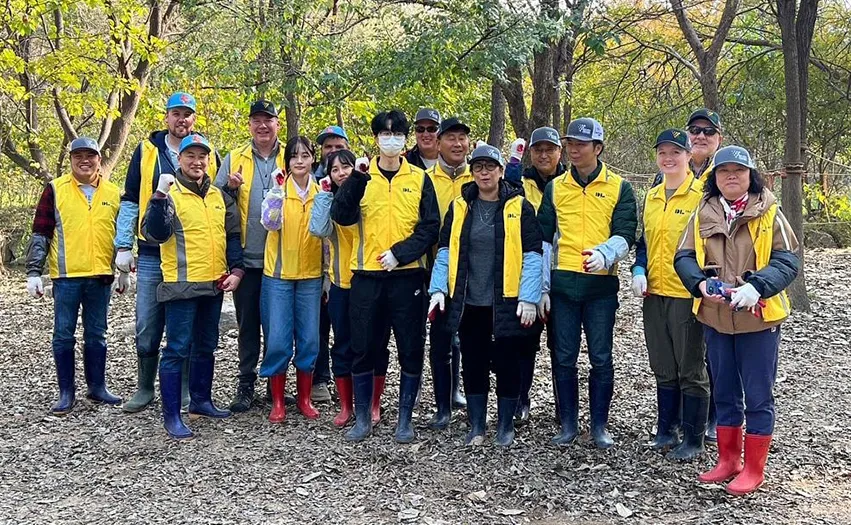
Protecting Wild Habitats
Volunteers from CPChem’s Golden Triangle Polymers Project Team in Seoul, South Korea, had the unique opportunity to help local wildlife experts enhance an otter habitat on Yeouido Island. The CPChem team crafted protective fencing for the otters using only natural materials while learning about these incredible animals and the importance of conserving their habitat in the wild.
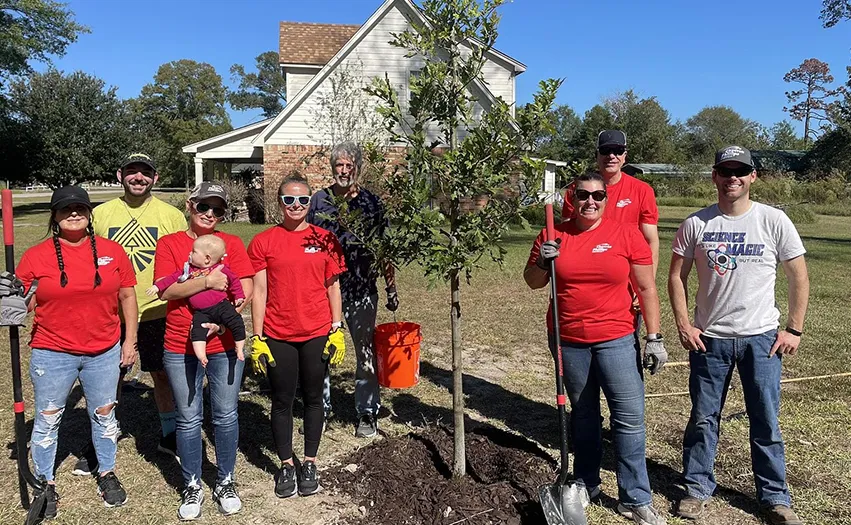
RETREET®
Employees in Orange, Texas, joined members of Keep America Beautiful® to plant 140 trees near the homes of Orange County families through the RETREET® program. RETREET® stewards community restoration through a unique approach that rebuilds tree populations lost to natural disasters like hurricanes and tornadoes. Reestablishing natural landscapes strengthens wildlife habitats, contributes to energy conservation, and offers many additional benefits to plants, animals and people.
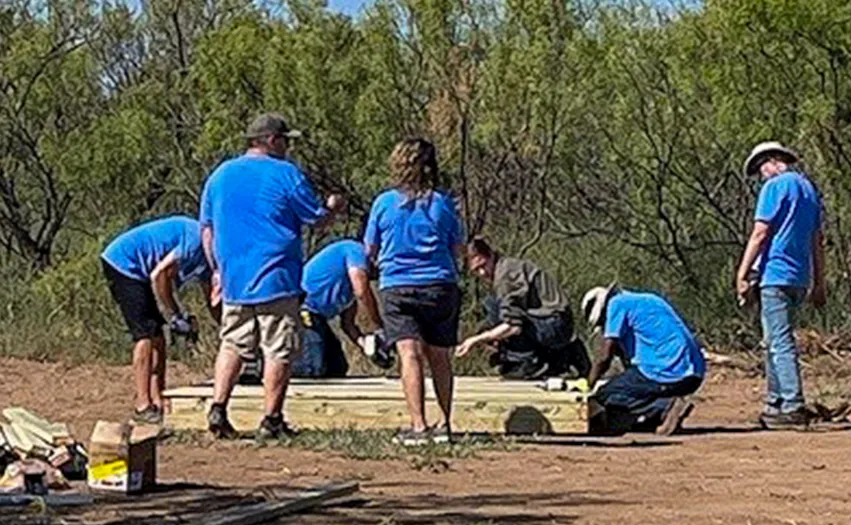
Fundraising for Wildlife
Last year, CPChem's Borger facility hosted a fundraising initiative for the Wild West Wildlife Rehabilitation Center (WWWRC). Located in the Texas Panhandle, WWWRC assists the Borger facility with the safe rehabilitation and relocation of stray wildlife. Proceeds from the fundraiser helped to construct new spaces for animals receiving care from WWWRC.

